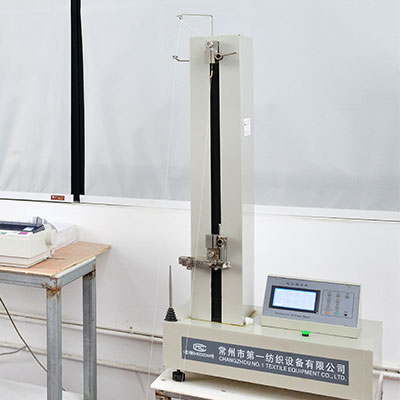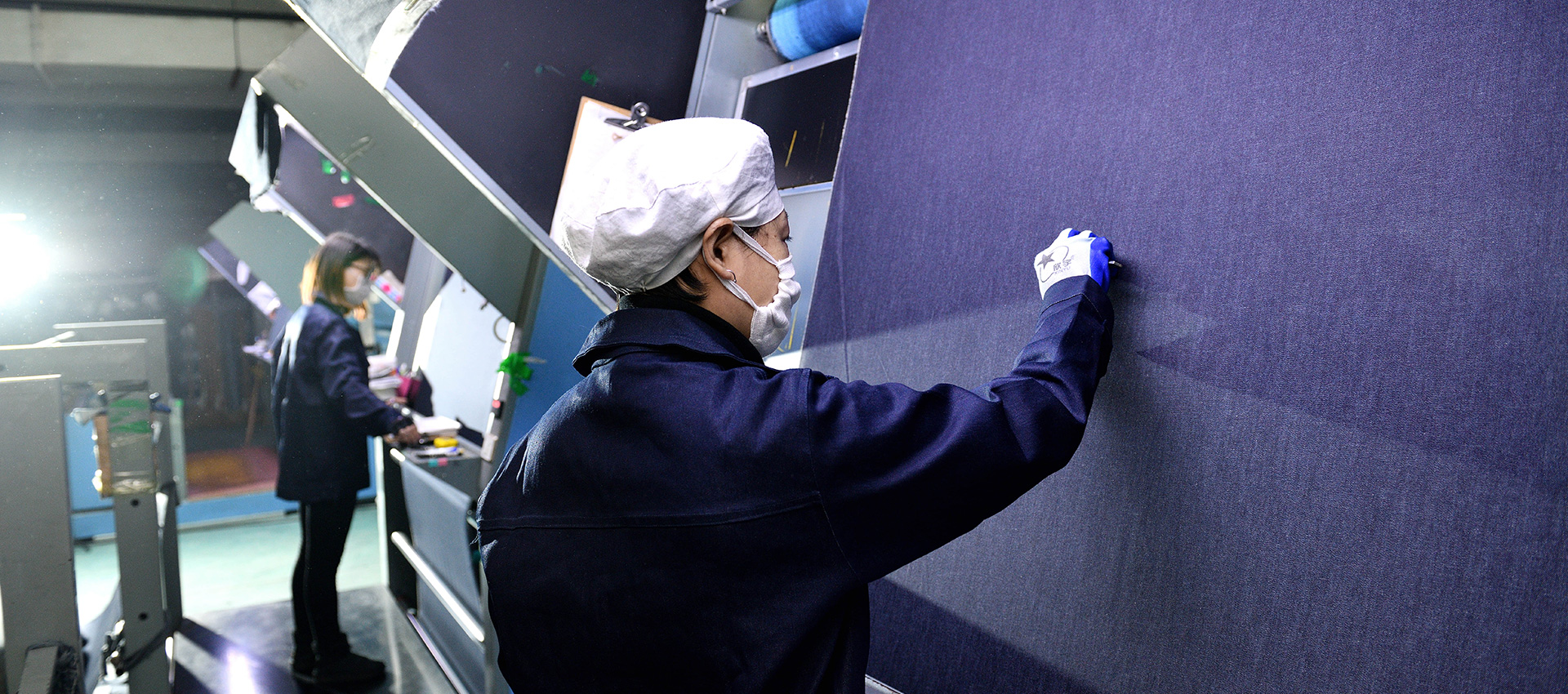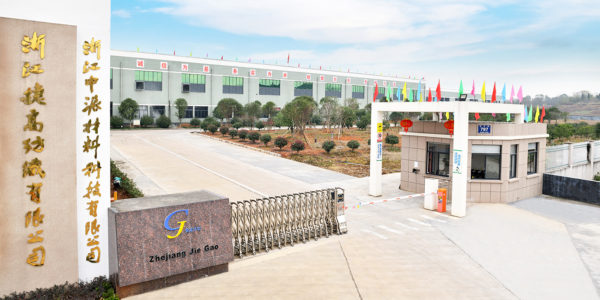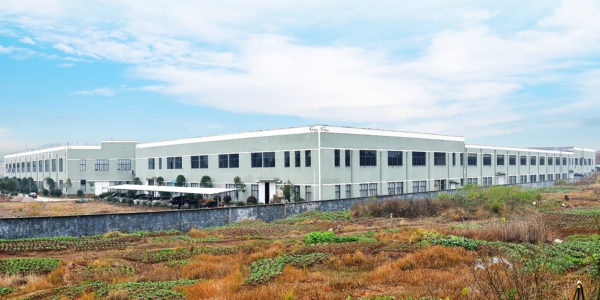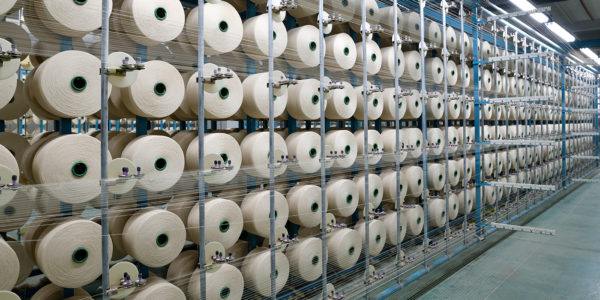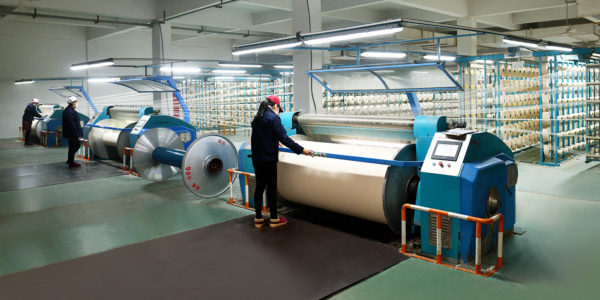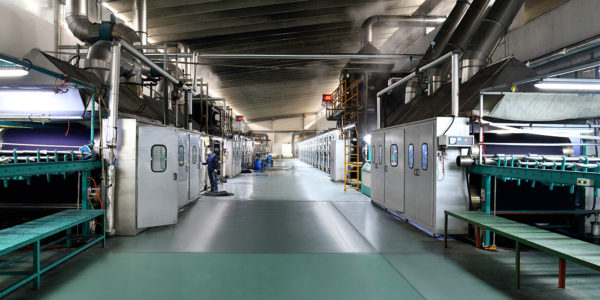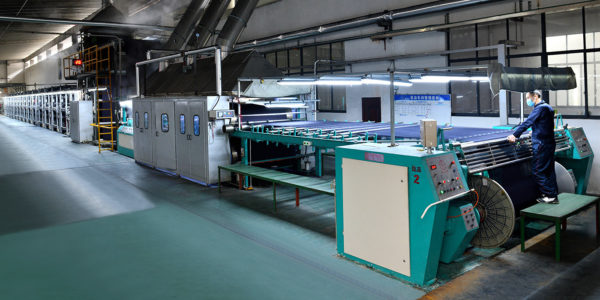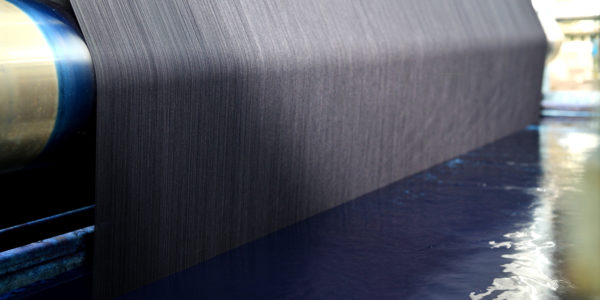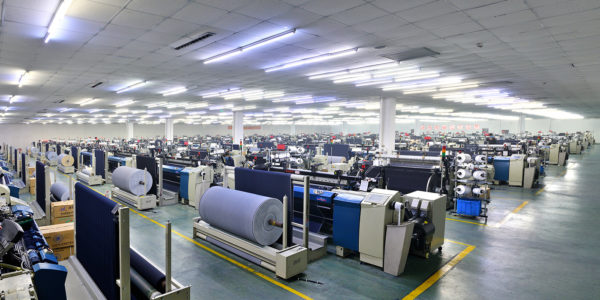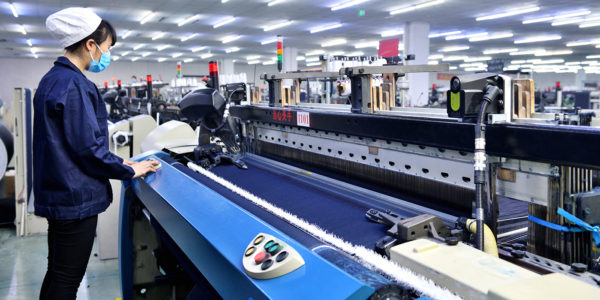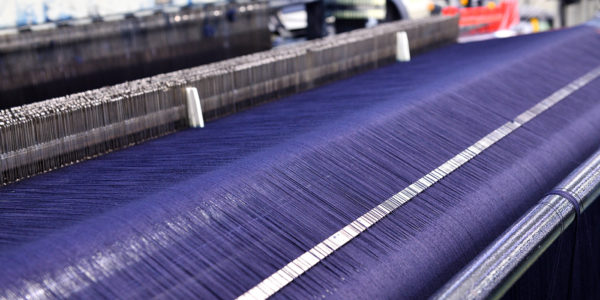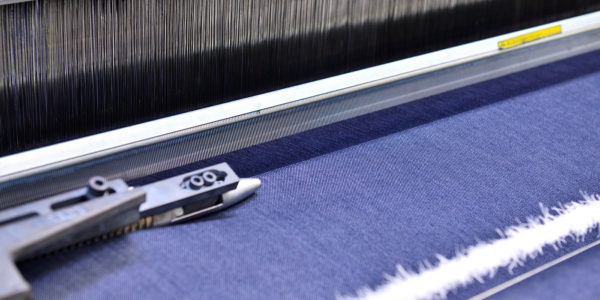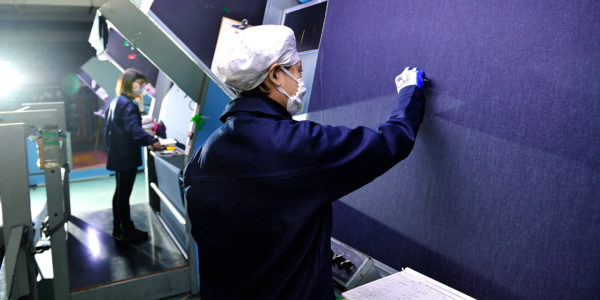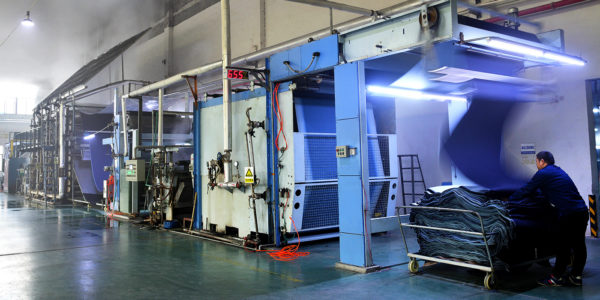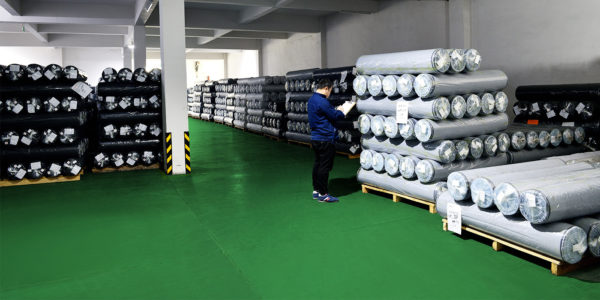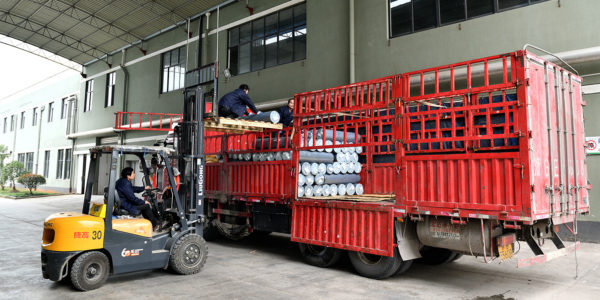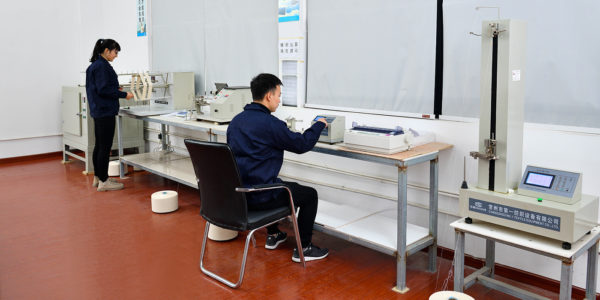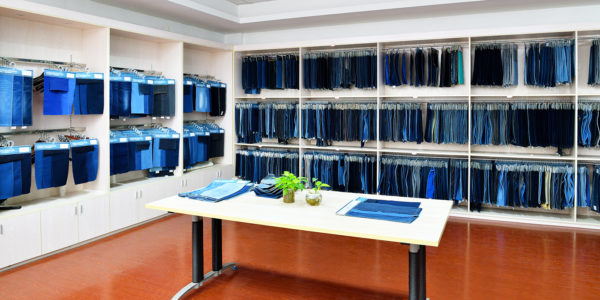Production Process
The company currently has one combined sizing and dyeing machine and two tow dyeing machines; 192 Picano 220 gamma rapier weaving machines imported from Belgium; a number of post-finishing shrinking machines, mercerizing machines, boarding machines, and automatic vacuum packaging machines; and can produce over one million meters of fabrics of various sorts every month.

Warp finishing
Warp finishing is the process of spooling thousands of cotton yarns to be sized and dyed onto a bearing called warp beam by way of wrapped bobbin upon a warp finishing machine. A piece of denim fabric is interwoven with at least thousands of cotton yarns and the warps among them are dispersed into dozens of warp beams consisting of hundreds of yarns to facilitate sizing and dyeing.
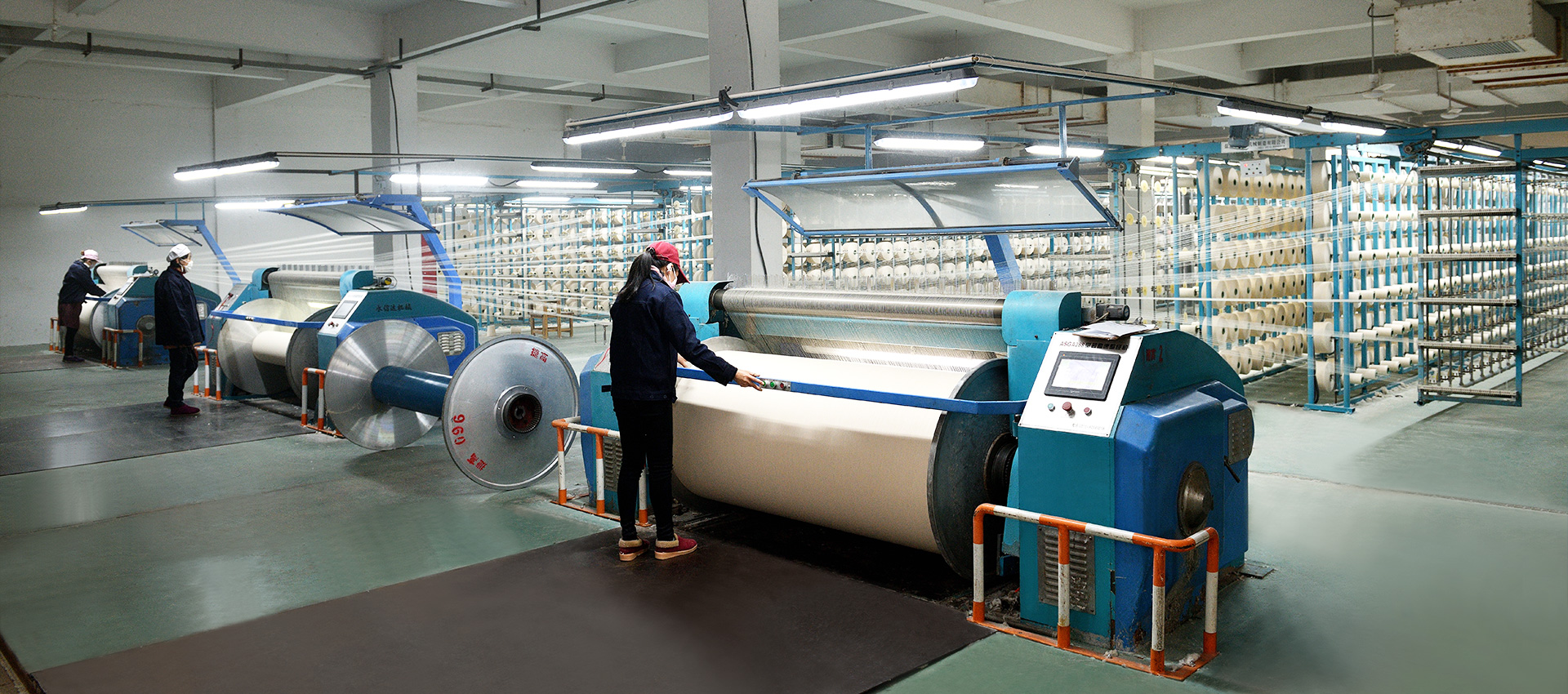

Sizing
To be processed using the combined sizing and dyeing machine; usually called slide staining and accomplished along with dyeing. In the process, the cotton yarn would pass through the soaking tank and the dyeing tank at a constant speed of about 24-30 m/min repeatedly for multiple soaking and dyeing, so that a layer of serous film and desired color would form on the yarns. The sizing of the yarns is mainly aimed to appress the filoplume of the yarns and prepares the yarns for the loom by increasing their strength.
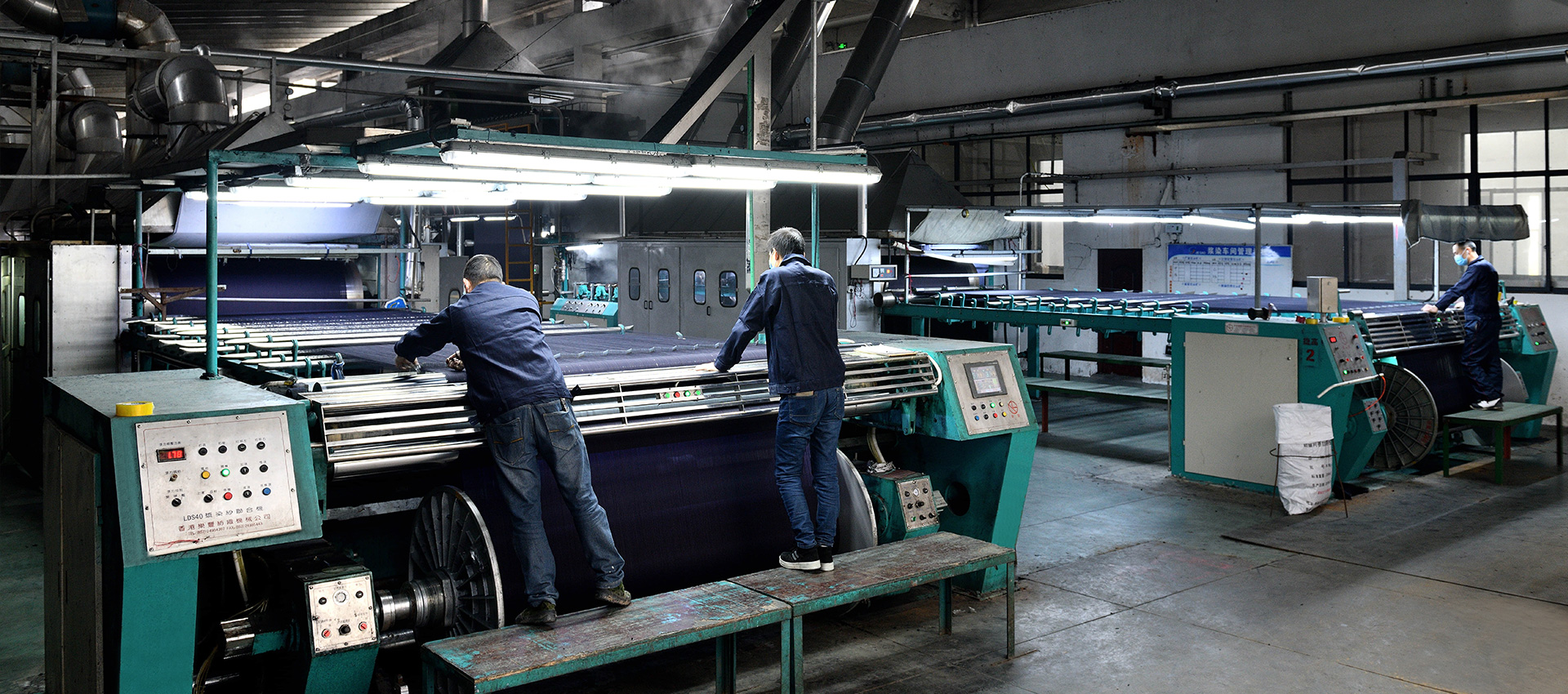

Weaving
A process where weaving shafts after drafting are placed on the loom for weaving. The weaving can also be divided into five steps: heald lifting, wefting insertion, opening, reeling, and warp pacing, each to be completed by different mechanisms. The rapier loom is popular for its fast operation, accurate wefting insertion, and strong beating force, leading to full and tight fabric width. The company currently has 192 Picano 220 gamma rapier looms imported from Belgium.
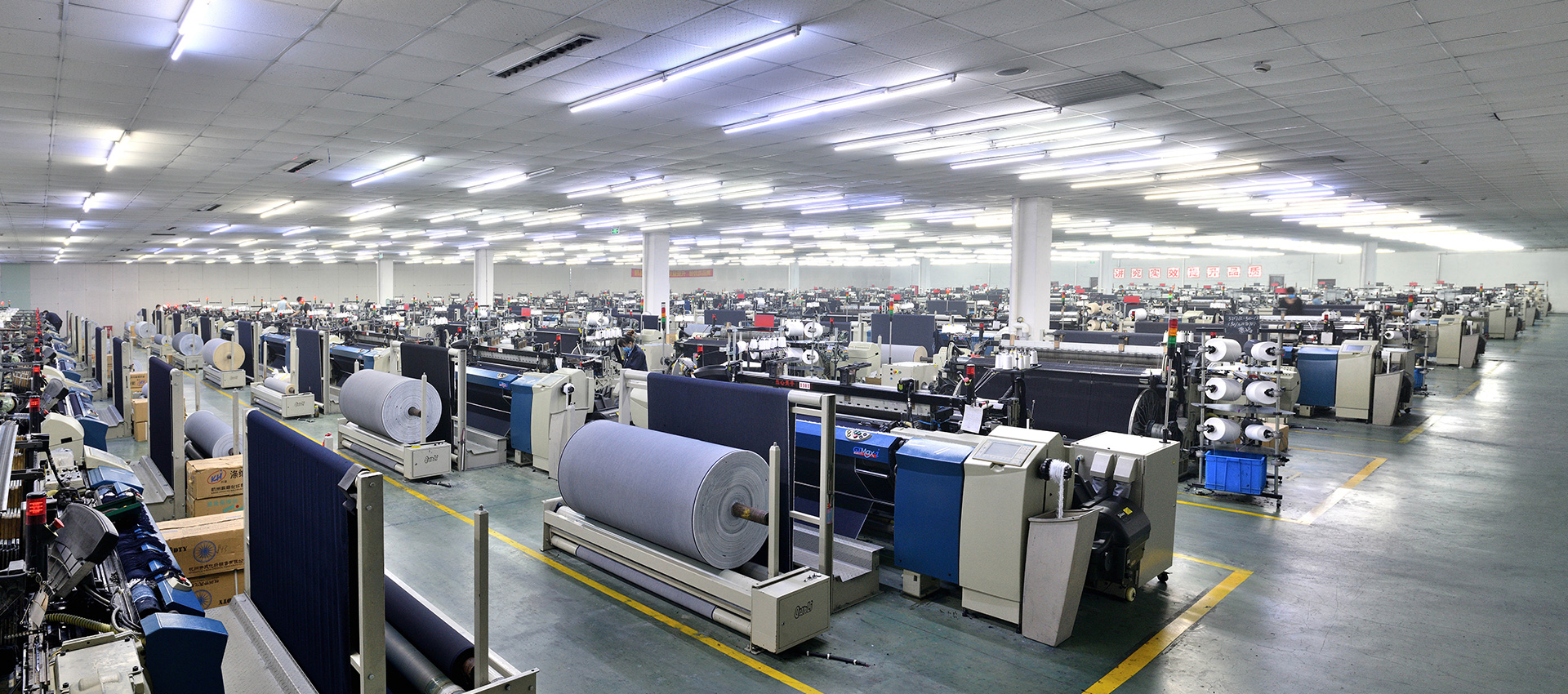
Quality Policy
Three keys: Professional in skill, clear in communication channel and opinions should be exchanged.
Four insistences: Insist on Quality First (Quality), Customer Satisfaction (Service), On Time Delivery (Efficiency) and Delicate Skill (Innovation).
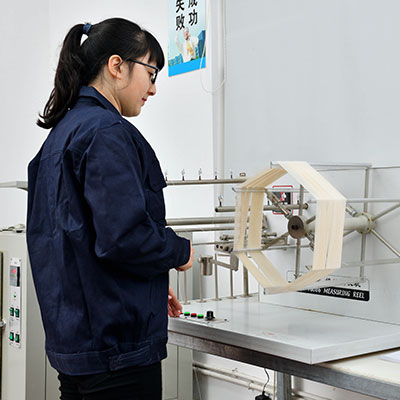
Test
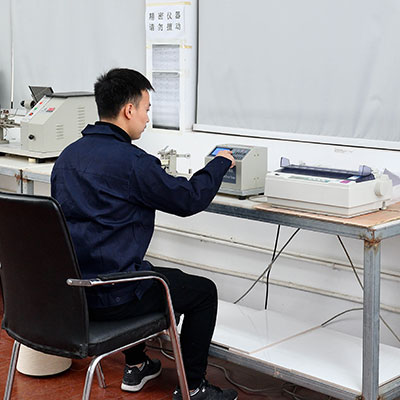
Test
